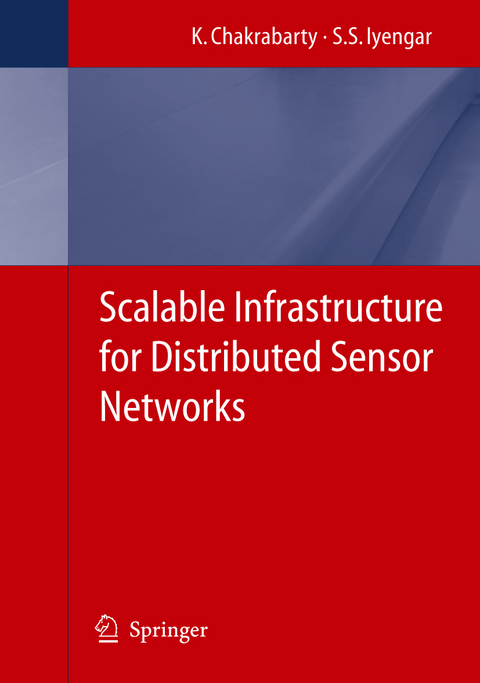
Scalable Infrastructure for Distributed Sensor Networks
Springer London Ltd (Verlag)
978-1-85233-951-7 (ISBN)
Krishnendu Chakrabarty is an Associate Professor of Electrical and Computer Engineering at Duke University. He has co-authored two books, edited a third book, and published over 150 papers in archival journals and refereed conference proceedings. S. S. Iyengar (AAAS Fellow, IEEE Fellow, ACM Fellow) is the Roy Paul Daniels Professor of Computer Science and Chairman of the Department of Computer Science at Louisiana State University. He is the author/co-author of 13 books and he has published more than 280 papers in journals and refereed conference proceedings. He has given more than 50 plenary talks and invited lectures.He is the Editor-in-Chief of the International Journal of Distributed Sensor Networks (Taylor-Francis/CRC Press).
Sensor Node Deployment.- Energy-Aware Target Localization.- Energy-Efficient Self-Organization.- Energy-Aware Information Dissemination.- Optimal Energy Equivalence Routing in Wireless Sensor Networks.- Time Synchronization In Wireless Sensor Networks.- Conclusions.
| Erscheint lt. Verlag | 10.11.2005 |
|---|---|
| Zusatzinfo | XIV, 194 p. |
| Verlagsort | England |
| Sprache | englisch |
| Maße | 155 x 235 mm |
| Themenwelt | Technik ► Elektrotechnik / Energietechnik |
| Technik ► Nachrichtentechnik | |
| ISBN-10 | 1-85233-951-9 / 1852339519 |
| ISBN-13 | 978-1-85233-951-7 / 9781852339517 |
| Zustand | Neuware |
| Haben Sie eine Frage zum Produkt? |
aus dem Bereich


